
Modern
Airliners

Modern Airliners
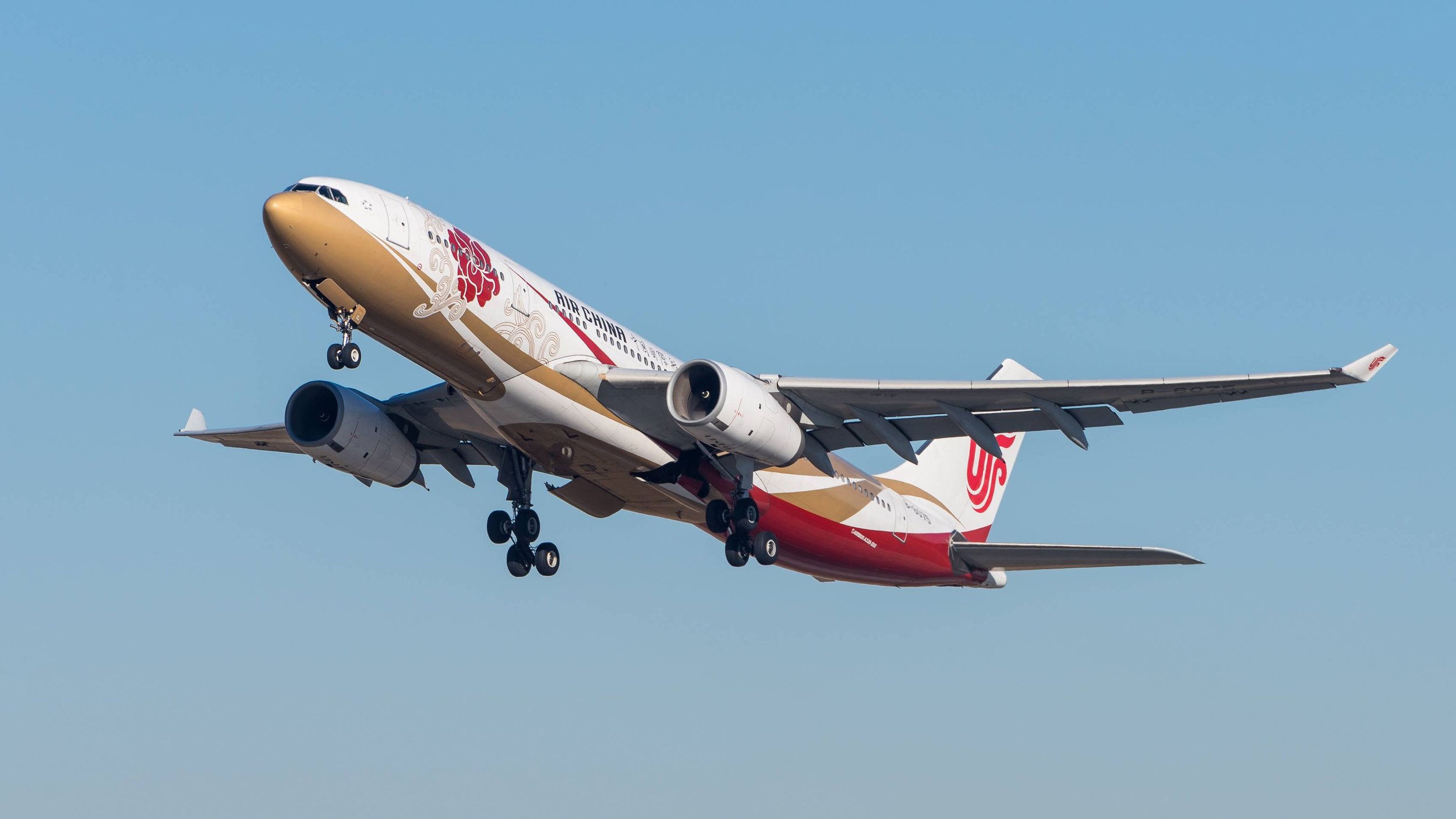
Looking back to that day on an isolated dune at Kitty Hawk, one can only marvel at the humble beginnings of such an explosion in technology and an industry that would lead to the Modern Airliners of today.
Over the last hundred years, such leaps forward have been made in new aviation technology, fueled by the ever-increasing demand for mobility around the planet for leisure and for business.
Join us as we take a look at these marvels of our time and keep up with what is going on with these Modern Airliners.
Come and meet our Modern Airliners.
Explore the latest developments surrounding the mysterious disappearance of Malaysia Airlines Flight MH370. From a renewed search proposal to French journalist Florence de Changy’s groundbreaking revelations, this article dives into the enigma that continues to captivate the world. Discover theories, debris puzzles, and the enduring quest for answers.
This article delves into the reasons behind Boeing’s repeated mistakes, focusing on the design and construction flaws that led to the 737 MAX crisis. Let’s explore the roots of this trust erosion and the lessons it holds for the aviation industry.
Discover the future of air travel with Boom Supersonic’s Overture—a cutting-edge supersonic airliner poised to revolutionize the skies. From its powerful Symphony engines to sustainable fuel choices, explore the speed, comfort, and eco-conscious design of the Overture. Get ready to soar at Mach 1.7!” 🚀✈️
In the wake of the plane crash on January 2 at Tokyo's Haneda Airport involving a Japan Airlines (JAL) Airbus A350 and a Coast Guard Bombardier DHC-8, a detailed investigation has brought to light the lack of safety measures that could have averted the catastrophe.
Explore the latest developments in the Alaska Airlines Boeing 737-9 Max decompression incident, unraveling the ongoing FAA investigation and Boeing's response. Delve into the repercussions on Boeing's reputation and the potential industry-wide ramifications of grounded aircraft. As passengers seek legal recourse, and with the FAA considering a shift in certification responsibilities, the aviation landscape faces crucial questions about safety, oversight, and the future of Boeing's crucial role in commercial aviation.
Unraveling the Alaska Airlines Boeing 737-9 Depressurization Incident: A Comprehensive Timeline. The recent incident involving a missing door plug on an Alaska Airlines Boeing 737-9 has raised concerns about the safety of the aircraft model. This article delves into the timeline of events, investigations, industry responses, and provides insights into the purpose of the door plug and its significance. The incident, which occurred on 05 January 2024, sent shockwaves through the aviation industry. Passengers and crew members onboard the flight experienced a sudden depressurization, leading to a chaotic and potentially dangerous situation.
Discover the groundbreaking features and unprecedented innovation of the Boeing 777X in our latest article. As the world's largest twin-engine airliner, the 777X is on the cusp of achieving type inspection authorization (TIA) and U.S. FAA approval.
The first step in executing a long-haul flight is route planning and market analysis. Airlines invest considerable time and resources to identify viable routes based on passenger demand, potential profitability, and competition.
In the wake of Concorde's retirement, Boom Supersonic emerged as a trailblazer in the quest to revive supersonic travel. The Overture, their flagship aircraft, aims to redefine the possibilities of commercial aviation by providing efficient and sustainable supersonic transportation.
The Paris Air Show is off to a Flying Start making a triumphant return after the challenges posed by the COVID-19 pandemic, signaling a revitalization of the aviation industry. Major players such as Airbus, IndiGo, Air Mauritius, and flynas have made groundbreaking announcements and placed significant orders, setting the stage for a promising future.
The Ilyushin IL-96-400M represents a significant milestone in the evolution of Russian aviation technology. Born out of a blend of technological progression and the necessity created by the West's sanctions against Russia, the IL-96-400M combines the heritage of the IL-96 family.
These airlines, with roots stretching back decades, represent the pioneers and trailblazers of air travel. In this article, we delve into the stories of five of the world's oldest airlines.
The retirement of the Boeing 717 is part of Qantas Group's fleet renewal program, known as "Project Winton." QantasLink's 20 Boeing 717s will be gradually replaced by 29 fuel-efficient Airbus A220 aircraft. The first A220 is expected to arrive later this year, followed by the introduction of 20 A321XLRs in late 2024.
In a significant move aimed at combating climate change, France recently passed a law banning certain domestic flights and promoting train travel as an alternative. The law stipulates that flights with train alternatives under two-and-a-half hours should be discontinued. While this initiative appears commendable, critics argue that it may have only symbolic value and a limited impact on carbon emissions.
In a historic moment for Chinese aviation, China's homegrown passenger jet, the Comac C919, has successfully entered commercial service, marking a significant milestone for the country's aviation industry.
Pan American World Airways, or Pan Am, was a pioneering airline that played a major role in shaping the history of aviation. Founded in 1927, the airline became the largest international air carrier in the world by the 1930s and continued to dominate the industry for several decades.
The aviation industry has revolutionised the way we live and work, connecting people and places like never before. From business trips to family vacations, air travel has become an essential part of our lives. The evolution of passenger aircraft has played a key role in this transformation, and today's airliners are more advanced and efficient than ever before.
The airspeed indicator is a critical instrument for pilots, as it provides them with accurate and timely information about the airplane's speed and performance. This article explores the principles, uses, and limitations of the ASI, and how pilots use it in various phases of flight.
From supersonic jets to sleek and efficient airliners, here are the top 5 fastest airliners of all time.
Boeing's 777X widebody aircraft has faced delays in certification, but recent developments indicate progress. Learn about the latest updates and challenges in the certification process at ModernAirliners.com.
The COMAC CJ-1000A engine is a new jet engine that has been developed by the Commercial Aircraft Corporation of China (COMAC) for use on its C919 narrow-body airliner.
With the goal of achieving carbon neutrality, airliner manufacturers are exploring alternative fuel options that can help them reduce emissions and contribute to the future of sustainable aviation. In this article, we will explore the different types of alternative fuels and their potential to revolutionize the aviation industry.
The Commercial Aircraft Corporation of China, Ltd. (COMAC) has for the first time inked a deal to sell one of its aircraft to an airline outside of China, the COMAC ARJ21 regional jet to Indonesian carrier TransNusa.
And just like that the dream is over. On 16 December 2021, a grey Hamburg evening, the last ever Airbus A380 Super Jumbo lifted off, did a circuit of the city and flew east to its new home.
In an historic agreement between Australian flag carrier QANTAS and European aircraft maker Airbus, a new deal has been forged to reinvigorate the carrier's aging domestic and short-haul fleet.
It is an ill wind that blows no good, or so they say. By all accounts, the winds of history over the past two years have been anything but good. Other than the obvious tragedies and losses, many indu…
Have you ever watched birds as they move through different phases of flight? Wings spread wide as they ride updraughts or tucked further in as they descend quickly toward a likely meal.
The last ever Airbus A380...It must have been with gravely heavy hearts that the employees of Airbus Industrie watched on Thursday 25 March 2021 as the last ever Airbus A380 takes to the sky. The end…
At the end of a flight, there is always that feeling of excitement. The flight was pleasant enough, with some nice views along the way, but now you are ready to get off and rejoin planet Earth.












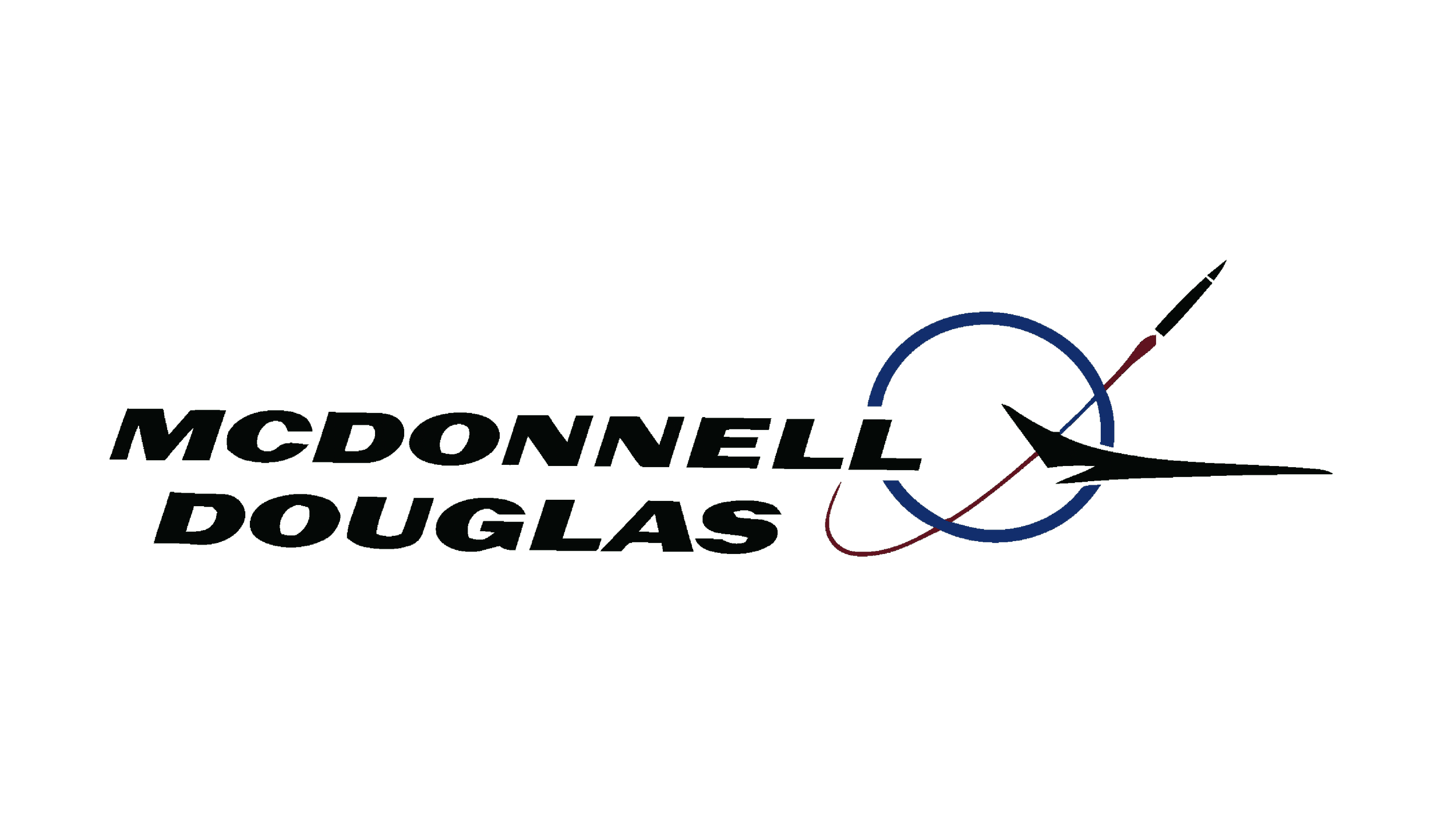


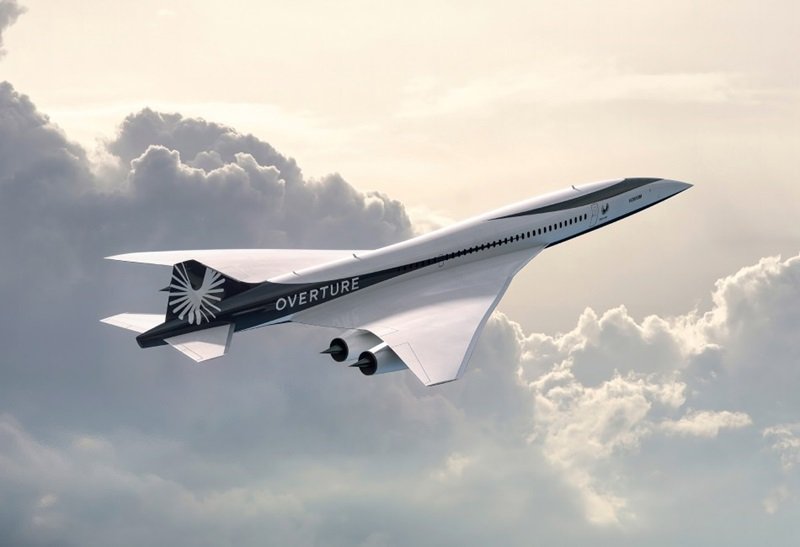







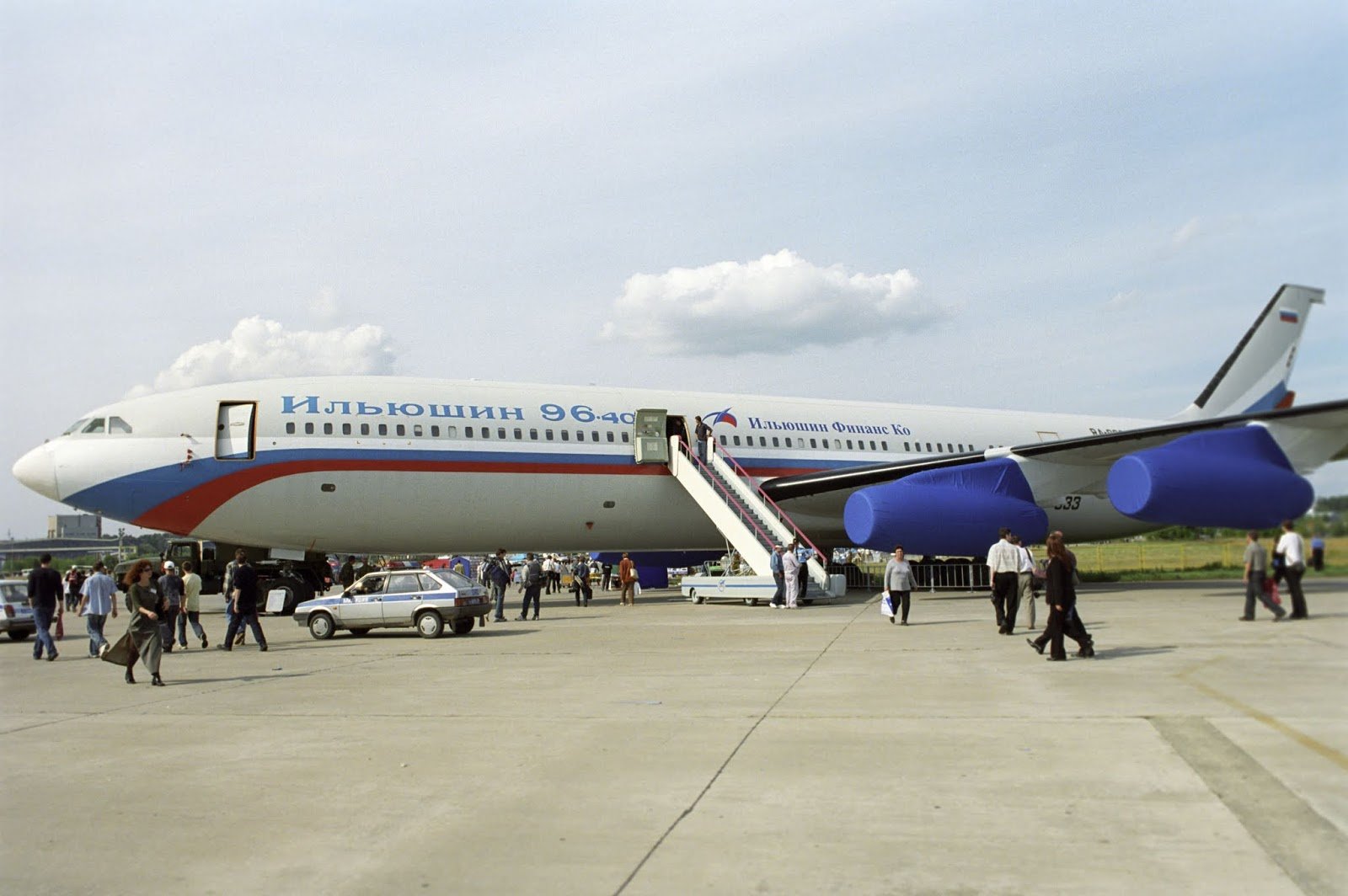




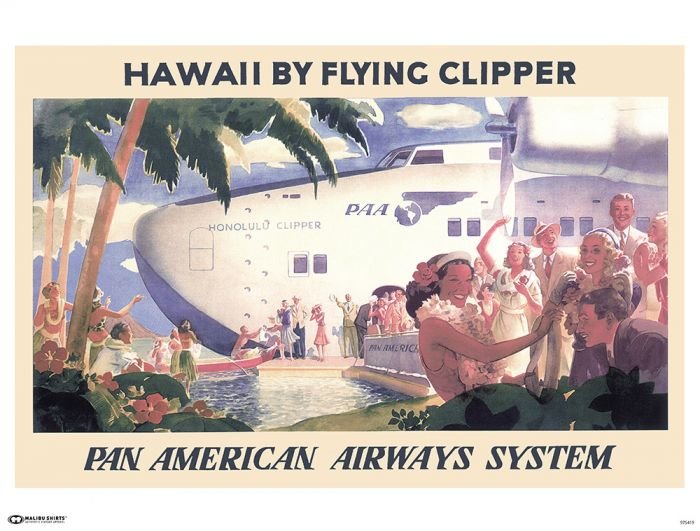
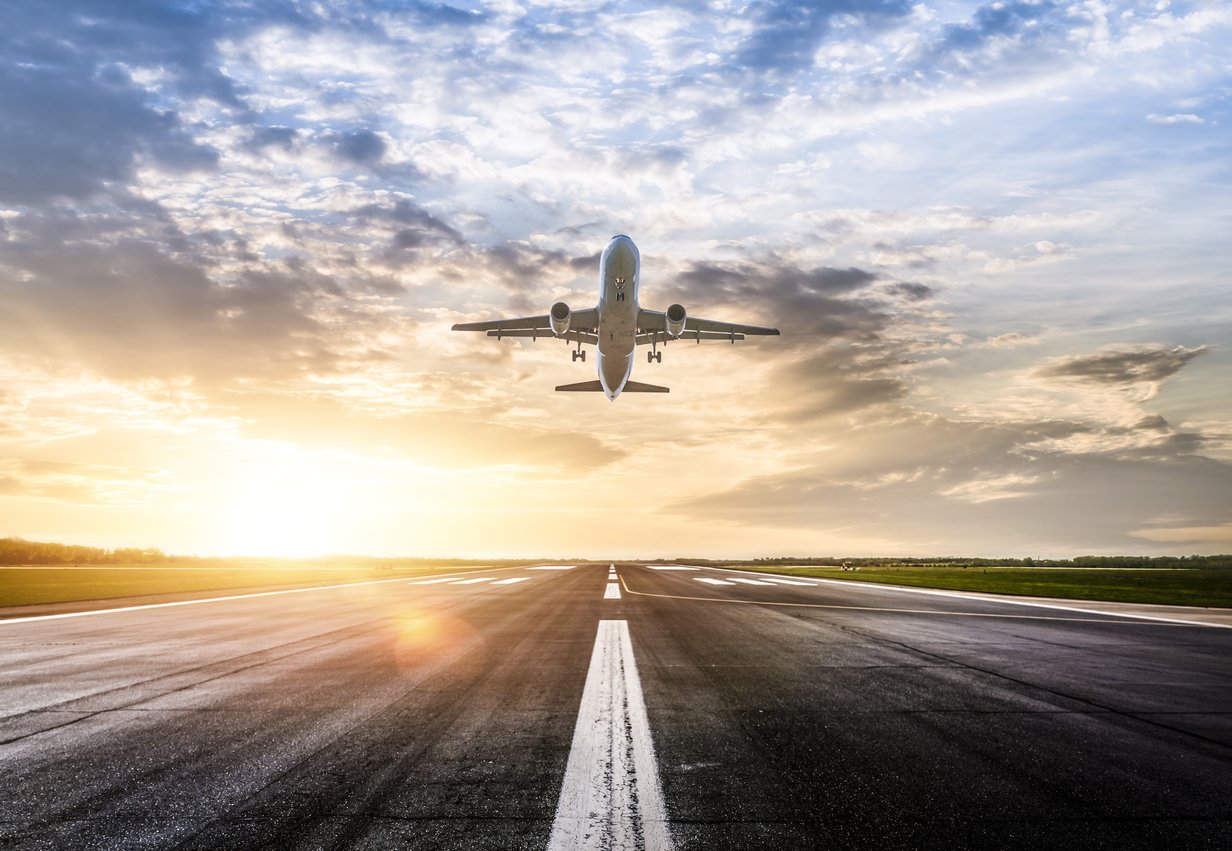
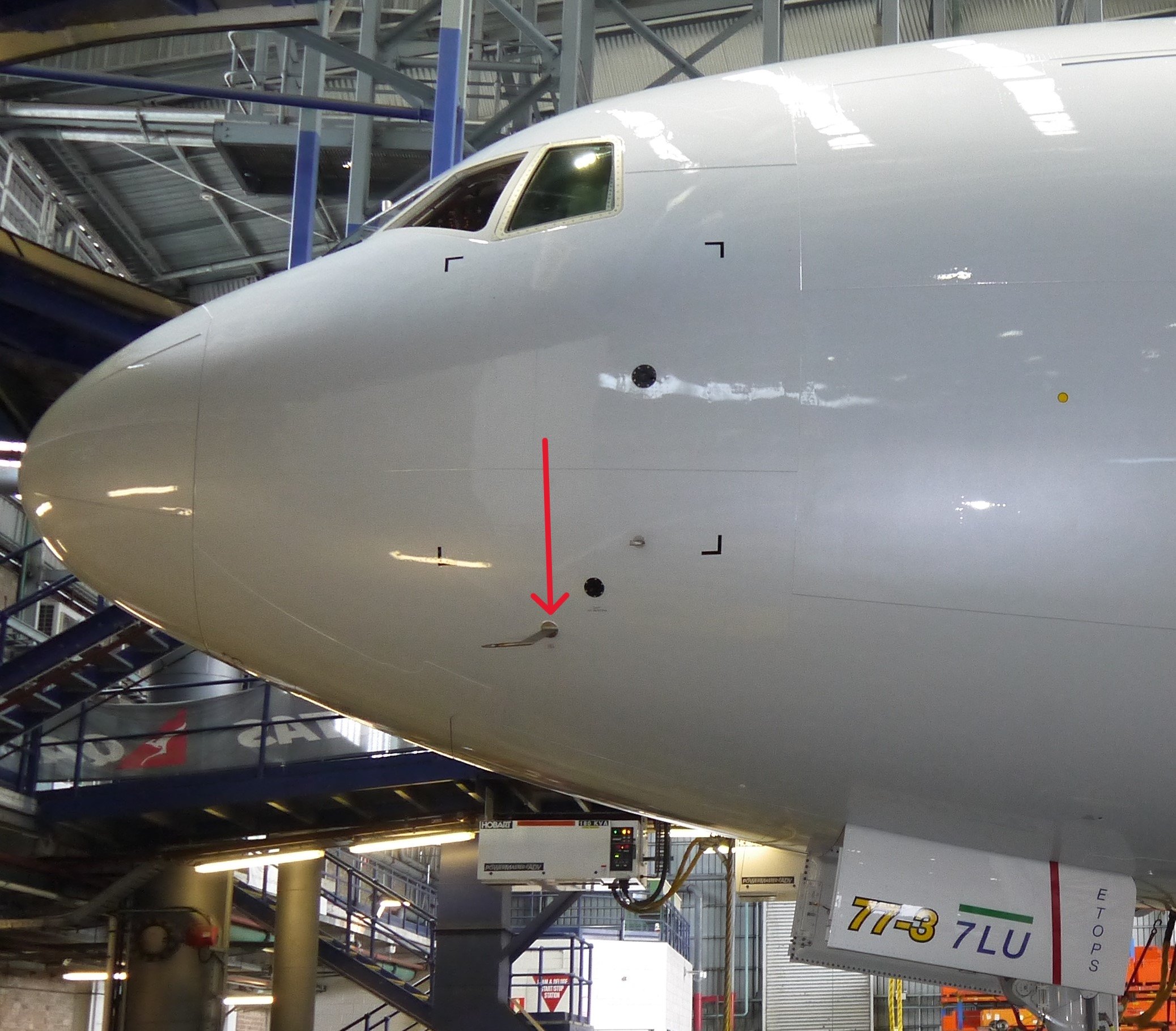
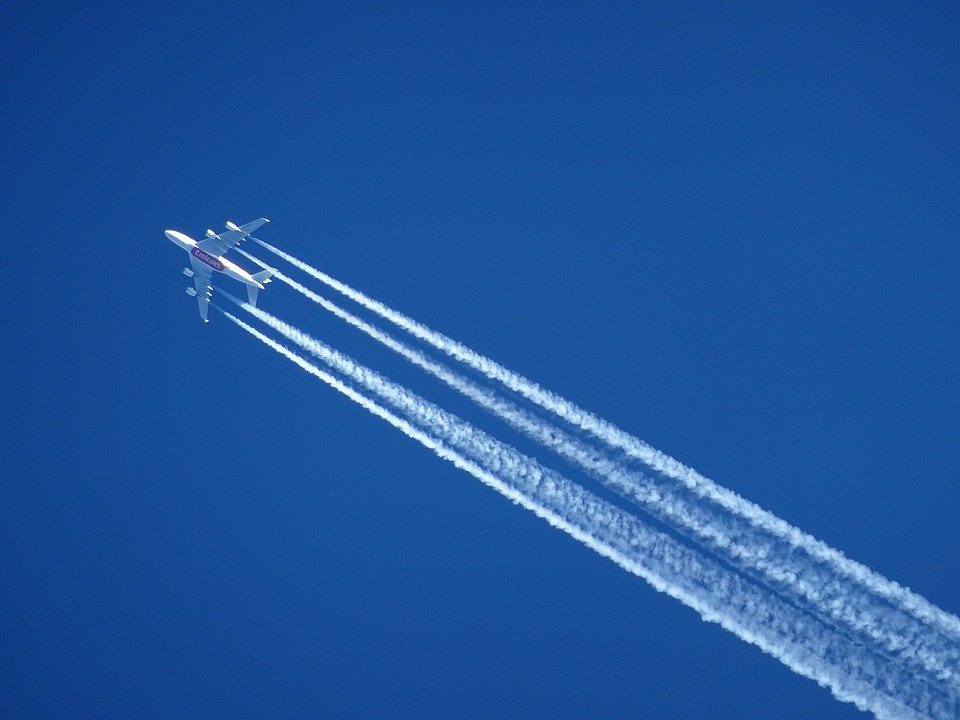




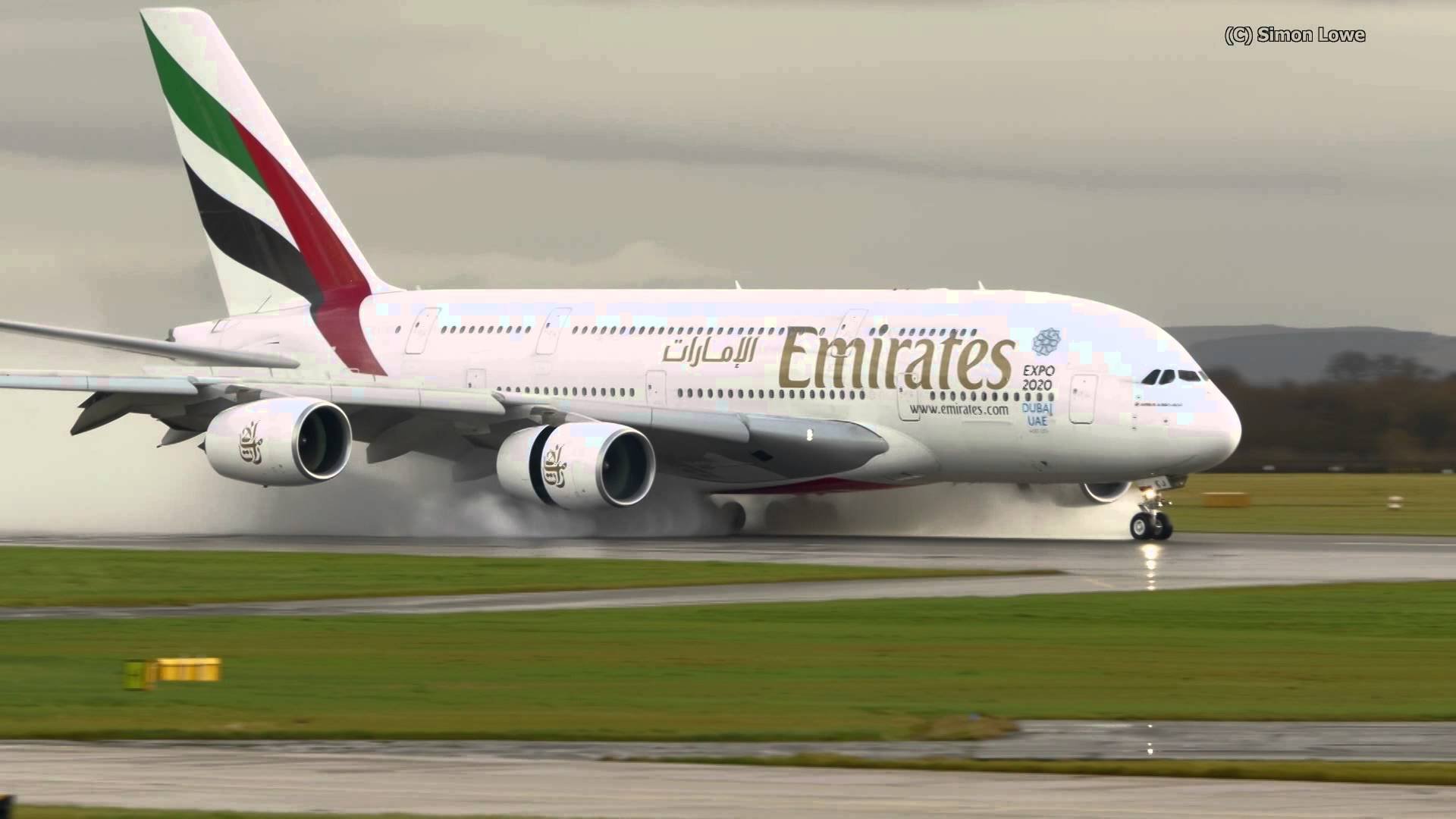





The Heat Is On
At ATI’s Dallas facility, Boom Supersonic has begun metal forging for the first superalloy that will power the hottest sections of the Symphony engine.